
Renault Extends Standard Warranty On Kwid, Triber, And Kiger To 3...
- Dec 30, 2024
- Views : 30457


Late last year, when Ford Motor Company CEO Alan Mulally offered David Schoch, Ford's Asia Pacific former CFO (currently president, Asia Pacific), the top job in the region, Schoch had just one question for his boss: "Are we committed to the region... from Bill Ford to all the way down. Alan said yes. And I said yes (to the job)," recalls Schoch.
His question resonates in Ford's India context too, but in a slightly different way. Ford first started selling cars here in 1996. Since then, six CEOs have led Ford India, which has sunk in $2 billion in investments and launched nine models. Seventeen years later, all that Ford has to show in India is a market share of less than 3 per cent, a plant that was working at half its capacity (2012-13) and Rs 1,374 crore in accumulated losses.
"Earlier, Ford wasn't focused on India," Mulally recently admitted to a group of Indian journalists in Chennai. "We were number one in the US, launching vehicles in Europe. But we took the big decision six years ago that we wanted to grow in every part of the world, and we were willing to commit investments," said Mulally. Since then, Ford has sharpened its India focus, developed new platforms and products, in the process of building a new plant in Sanand, Gujarat, which will double capacity.
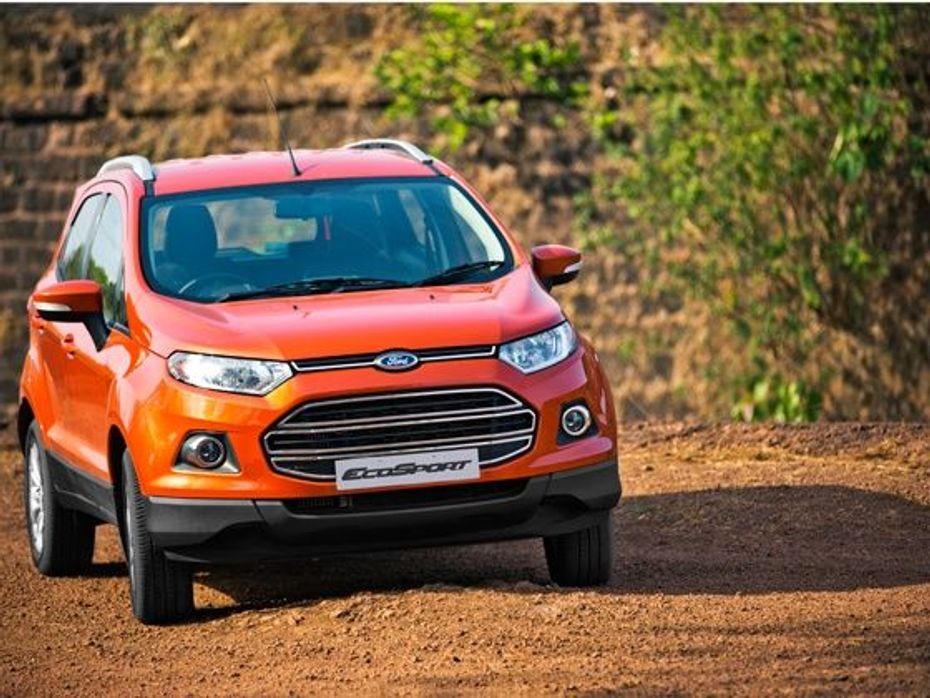
The 'are you committed to India' question is no longer asked of Ford. But now, Ford is facing a return on investment question. If it can't make profits 17 years after setting shop in India, when will it? "We are running a marathon... we are continuing to invest," says Joginder Singh, president and MD of Ford India. To be fair, Ford reported a cash profit of Rs 144 crore in FY12. But a depreciation charge of Rs 284 crore pushed it to losses. Many industry analysts say it's about time Ford shows hard profits in India. "To say that the company has been making huge investments is an excuse for non-performance on profits," says BVR Subbu, an industry veteran who has worked many years in Tata Motors 0.45 % and Hyundai.
The same is the case with the other US auto major, General Motors (GM), which has accumulated Rs 746 crore in losses in 18 years. But it is not as if MNC car makers haven't made money in India. Hyundai, the only MNC Korean carmaker with sizeable exports and higher indigenisation, saw profits grow from Rs 376 crore in fiscal 2010 to Rs 830 crore two years later.
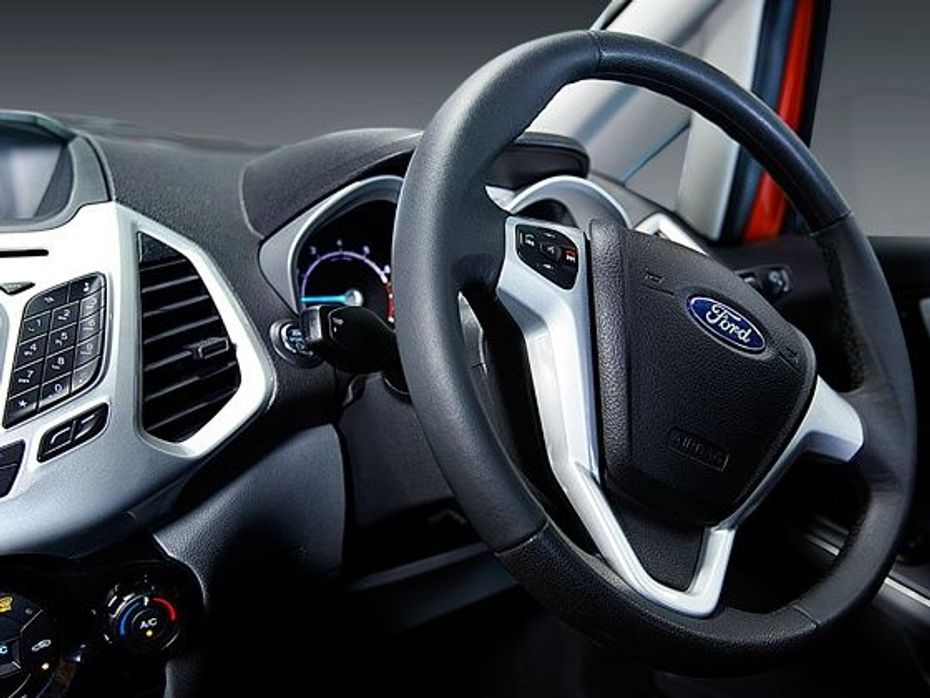
CEO Continuity
A Ford India CEO, on an average, stays at the helm for less than three years. That may also be one part of the profitability problem, industry watchers say. Lack of continuity in the leadership does impact long-term perspective and performance of the company.
Ford disagrees. "We are a huge family, part of the One Ford academy and veterans with the company," says Singh. "We are trained under one global platform. The strategy remains the same. We stay the course and are resilient."
Adds Vinay Piparsania, ED, marketing, sales and service: "There might be leadership changes, but the overall strategy does not change frequently. There is continuity among functional heads. The MD or the CEO is supported by the operating committee, which does not change frequently in its entirety."
Typically, large multinational corporations have a continuity strategy in place for CEO positions, says Aditya Narayan Mishra, president, Randstad India. Too many changes at the top level can lead to temporary disruptions. It is felt that a CEO should stay around in a company for seven years to feel the real impact of the position, Mishra adds.
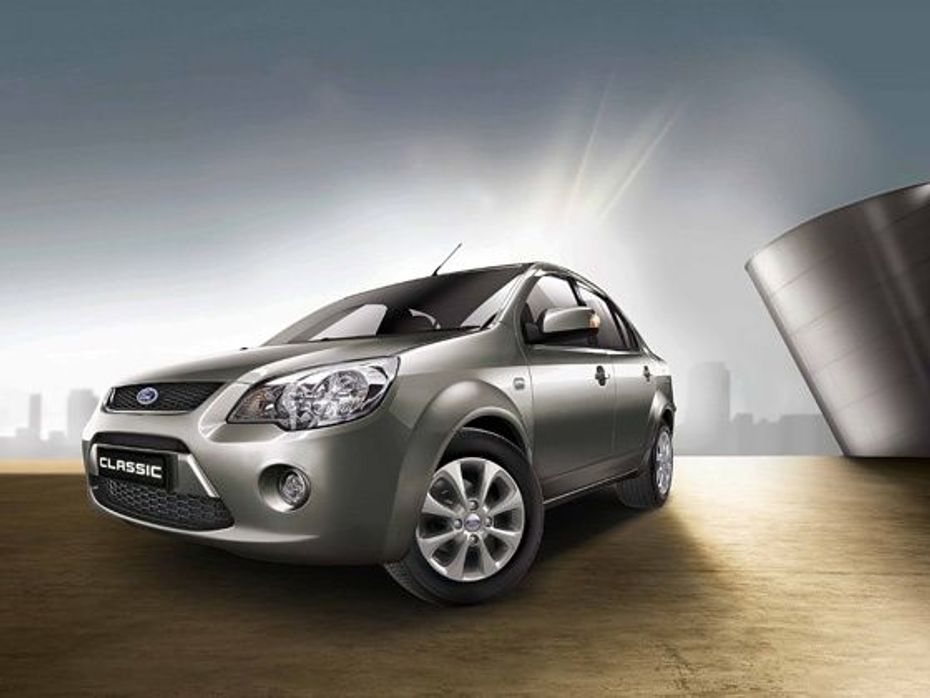
Ultimately, It's About The Cars
To some extent at least, Ford India's CEO changes mirrors the company's start-stop-start progress in the country. Ford hit the bull's-eye with its small car Figo, which was launched by former CEO Michael Boneham in 2010. Its attractive pricing worked initially, but it failed to sustain the momentum two years into the launch. Even an upgrade in 2012 did not excite the market.
Before that, the Ikon, rolled out under another former CEO, Philip G Spender, also did well soon after its launch, but this too fizzled out after a while. Ford India has often struggled with a long gap between two successful models.
In mid-2010, riding on the success of Figo and realising India's strategic importance, Ford announced plans to launch eight new models by 2015. Only two models -- Fiesta and EcoSport -- have rolled out till now. Fiesta failed to enthuse buyers and a lot is riding on the EcoSport, launched last month. "Ford has not only been juggling with many models, but its products are (also) not exciting enough," says Subbu. "It has never been able to compete with Hyundai on pricing. While the Ikon started as a segment leader, it slipped in numbers to the Hyundai Accent."
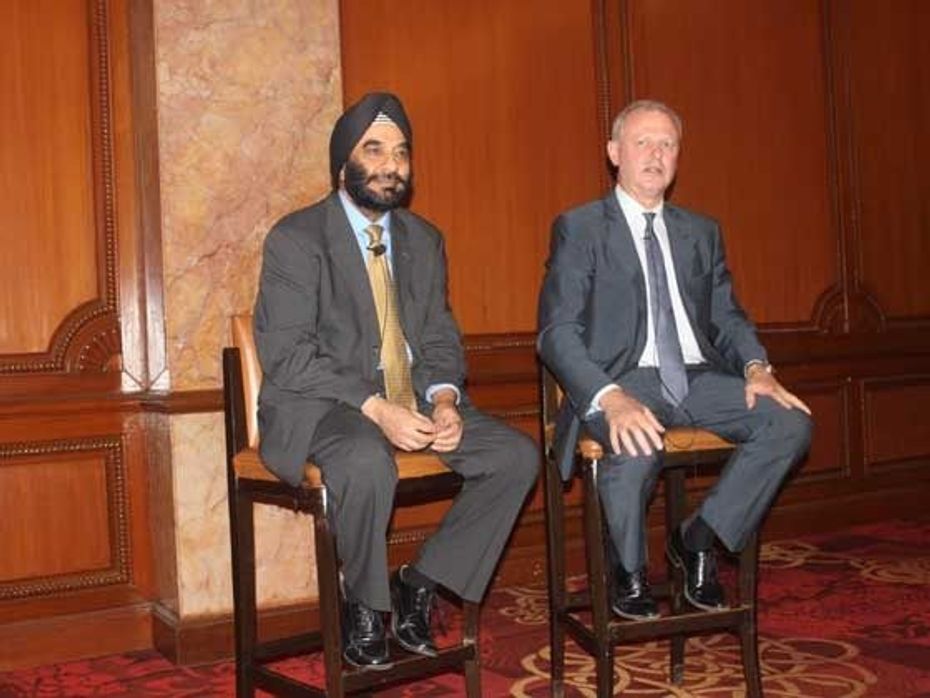
Subbu says, to turn profitable, a (car) company needs to obtain a minimum volume of a specific model. "For models in the Rs 5-7.5 lakh range, a company needs to sell at least 3,000 units a month to break even, and 6,000 units a month for products in the Rs 3-5 lakh price range."
Adds Mahantesh Sabarad, senior VP-equity research, Fortune Equity Brokers: "Ford cannot rely on a single model success story."
"The recent launches -- Figo and EcoSport -- appear to be in line with the need of the Indian customer," says Jagdish Khattar, ex-MD of Maruti Suzuki and current MD of Carnation India. "(But) the need to meet customers' post-sale requirements, where expectations are high, will remain and need to be met."
"For a sustainable marketshare, the company needs to break into the 5 per cent plus market share category, which effectively means being in the top 5 of the Indian car market," adds Sabarad. "The key is to increase volumes, distribution reach, brand visibility and launch volume-pullers."
For the drive ahead, Ford will need to induct newer models in new segments to have a well-rounded portfolio and increase localisation to bring down cost and sell overseas. The Figo hatchback brought the company back into the reckoning and India will be a key exports hub for EcoSport, which will be shipped to over 40 countries, including Europe, Australia, South Africa and Taiwan.
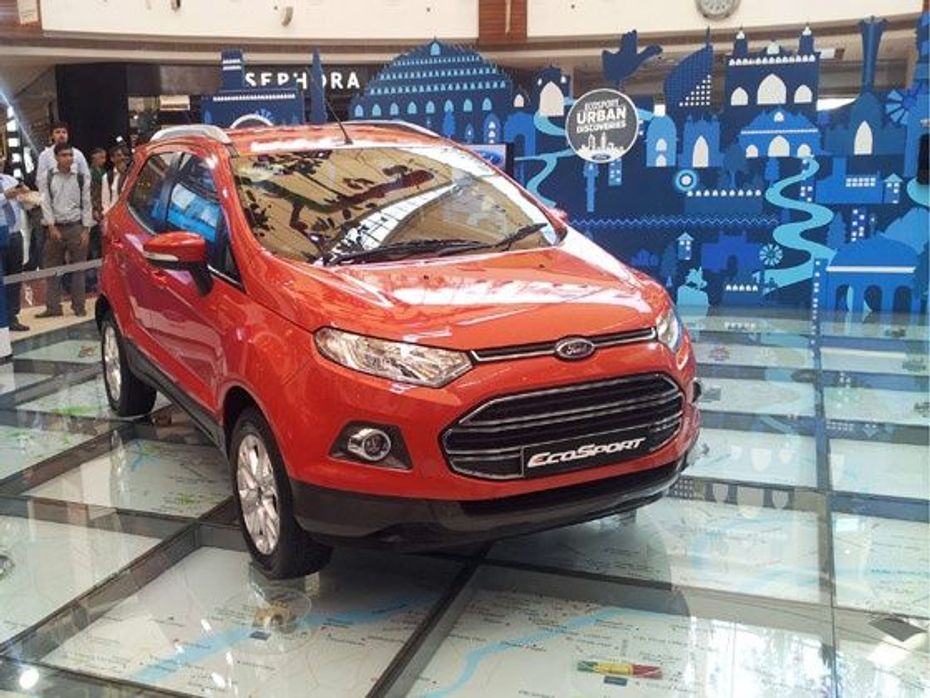
How Exports Can Help P&L
Ford's manufacturing capacity in Chennai is 200,000 vehicles and 340,000 engines. Only about 54 per cent of this was utilised in FY-13. Once Sanand gets operational, Ford's annual capacity in India will be 440,000 vehicles and 610,000 engines per annum. It will need more than a few high-volume and highly successful models if it has to squeeze returns out of this huge capacity. It will also need exports.
Sources close to the company say utilisation of India's cost-effective manufacturing base as a hub to export B-segment cars and smaller engines will help Ford India break into profits. Hyundai's path to profitability, for example, was accelerated by exports.
Ford is also developing a new compact car platform, codenamed B562, which may become the base for three new models, four people close to the development told ET. The plan is to produce 220,000-240,000 units of the B562 platform in the first year, out of which 50,000-60,000 units will be exported. The overseas shipment will eventually increase to 120,000-140,000 units per annum as the company adds new markets.
ET has also learnt that Ford will export 35,000 units of EcoSport, making up for almost 33 per cent of its total production plan of 109,000 units in 2014. All this could step up capacity utilisation and cover fixed costs better.
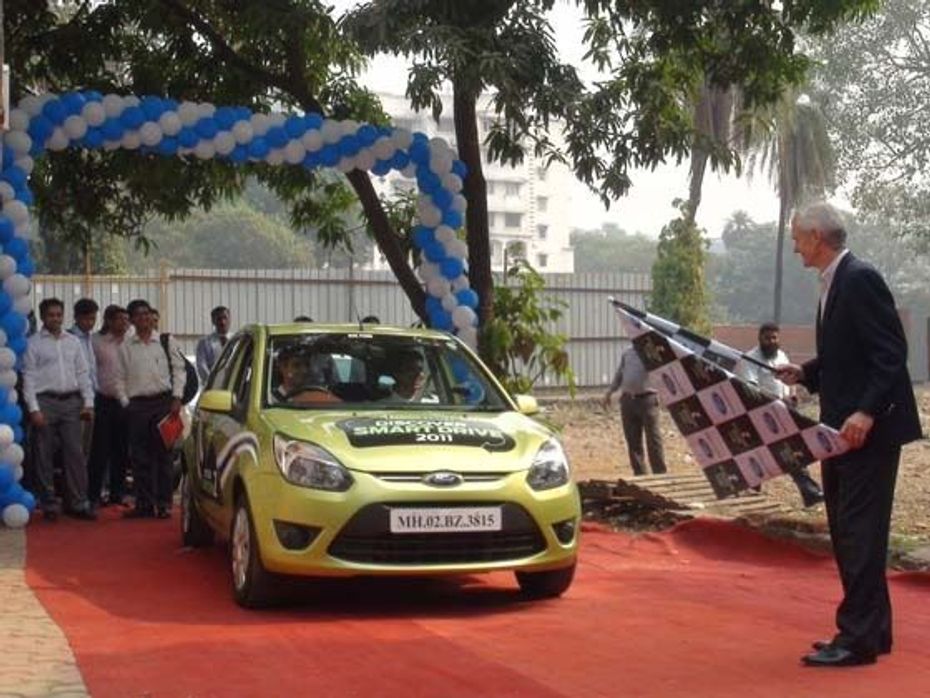
"A big export push will help Ford not only in getting the pricing right for the domestic market a la EcoSport, but also democratise some of the high-end technology at an affordable price," says VG Ramakrishnan, MD, Frost & Sullivan, South Asia. "With the stringent implementation of transfer pricing, Ford's Indian operation will be exporting vehicles for a decent profit. With higher exports, the balance sheet will get a boost and the company can recoup losses faster," he adds.
The company is aiming to export 35-50 per cent of the total production and achieve optimum plant utilisation to reduce cost per car. Ford India can make faster returns by running its plant around the clock.
Tom Chackalackal, ED at Ford India, in a recent interview to ET, said the focus is on sweating existing assets. "Everyone globally under the One Ford umbrella is trying to see how we can fill Chennai the fastest and pump out volumes," adds Chackalackal.
That's a simple enough prescription - make, sell and export more cars. That's bound to bring in the profits. Only, Ford is still figuring out how 17 years after it set foot in India.

Renault Extends Standard Warranty On Kwid, Triber, And Kiger To 3...

Hyundai Exter: Welcome To The New World Of Thrills And Technology

Hyundai Creta Level-2 ADAS Explained, Perfect For Indian Road...

Hyundai Exter: An Year Long Ownership Experience That Left Us Wanting...

2024 Toyota Camry Launched In India At Rs 48 Lakh; Now...

Kia Syros Unveiled Globally As The Most Premium Sub-4m SUV In India

Is The Kia Syros More Compelling Than The Best-selling Hyundai Creta?

New 2024 Honda Amaze Arrives In India At Rs 8 Lakh

Auto Expo 2025 - All You Want To Know About The Hottest Auto Show!

Mahindra BE 6 Launched: Price For The Top-spec Variant Is Out!
India's largest automotive community
 Kia Syros
Rs. 8.99 Lakh
Kia Syros
Rs. 8.99 Lakh
 Vayve Mobility Eva
Rs. 3.25 Lakh
Vayve Mobility Eva
Rs. 3.25 Lakh
 BMW X3
Rs. 75.80 Lakh
BMW X3
Rs. 75.80 Lakh
 Hyundai Creta Electric
Rs. 17.99 Lakh
Hyundai Creta Electric
Rs. 17.99 Lakh
 Lotus Emira
Rs. 3.22 Crore
Lotus Emira
Rs. 3.22 Crore